Use of Contrast Bath in Physiotherapy
Table of Contents
What is a Contrast Bath?
~Contrast bath therapy, also known as hot/cold immersion therapy, is a form of treatment where a limb or the entire body is immersed in hot (but not boiling) water followed by the immediate immersion of the limb or body in ice water. This procedure is repeated several times, alternating hot and cold.
~“Exercising” tissues with quick changes in temperature, to help with pain and injury rehab (especially repetitive strain injuries)Contrasting is not strong medicine, but it is at least safe, cheap, and easy
A contrast bath is a form of hydrotherapy. It is also called hot/cold immersion therapy. It is the use of hot and cold water to help decrease pain and increase circulation in the area of injury and restricted blood flow. The goals for a Contrast Bath include:
- Decreasing pain
- Decreasing swelling
- Decreasing/controlling inflammation
- Improving mobility
- Improve muscle recovery after exercising
What is commonly treated with a Contrast Bath?
A contrast bath is a good modality of choice for injuries that cause swelling and pain around the joints and soft tissue in the body. These can include:
- Acute injuries to limbs or joints (over 72 hours)
- Upper and lower extremity fractures, plantar fasciitis, Achilles tendinitis, hand and finger arthritis, Ankylosing Spondylitis (AS)
- Conditions with reduced blood flow
- Muscle hypertonicity resulting in cramps or spasms
- Repetitive strain activities, such as carpal tunnel syndrome
- Chronic Regional Pain Syndrome (CRPS)
What Kind of Equipment is required for a Contrast Bath?
Following is the list of Equipment used for Bath.
- Two containers or sinks large enough to accommodate the body part to be treated
- Thermometer
- Towels (for drying and to put under the basins)
- Cold compress for the head (cold washcloths)
- Pitcher to remove and add hot water
- Means for heating water if not near a tub or sink
- Ice for cold compress and cold bath
Procedure:
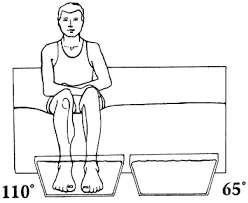
- Fill two tubs, large buckets, or a double sink that you can in the area needing to be treated.
- Fill one with hot water (98 -110 degrees Fahrenheit
- Fill the other one with cold water (45 – 70 degrees Fahrenheit)
- Make sure you use a thermometer to verify the temperatures throughout the whole treatment.
- If swelling is present, keep the temperature below 102 degrees Fahrenheit and make it shorter in duration.
- If a joint is swollen and hot, use cold; never heat
- Soak the affected area
- Start in the hot water for 3-4 minutes
- Switch immediately to soaking in the cold water for 1 minute.
- If the cold water is not tolerated for the full minute, place it back in the hot water for 3-4 minutes then return it to the cold water for as long as tolerated up to one (1) minute.
- Always start with the hot water and end with the cold water, except:
- Rheumatoid Arthritis – end in the hot water and dry the area thoroughly
- The joint is swollen and hot, then only use cold water
- Repeat the above steps three to four (3-4) more times (about 20 minutes)
- More hot water may need to be added to maintain the right temperature for the “hot bath” (it might decrease from switching back and forth between the hot and cold water).
- Add this while soaking in the cold bath.
- Make sure to stir while adding the hot water to avoid increasing the temperature too much (do not exceed 110 degrees Fahrenheit), which can result in a burn.
- The extremity being treated will be desensitized from being in the cold water making it difficult to discern if the temperature is too hot.
- To increase the effectiveness of the contrast bath, add ice or ice packs to the cold water to help maintain the temperature between 45 and 70 degrees Fahrenheit.
Alternate Method : ( if water baths are not available or practical for the area being treated.):-
- Use a heating pad or a hot wet towel on the affected area for 3-4 minutes
- Alternate using an ice pack wrapped in a towel or a dampened frozen wash cloth or towel for 1 minute.
- Repeat the above steps three more times.
~There are many ways to heat up and cool your body parts, and I encourage you to use your imagination and all the tools at your disposal. Bear in mind that immersion is always better than a flow or spray: whenever possible, you want to surround the body part. The major delivery systems for temperature are:
immersion: in sinks, buckets, or tubs
wrapping: in heating pads, ice packs, or soaked towels
pouring/spraying: immersion in a stream from a faucet, ~containers, removable shower head, or hose
~Contrasting should follow the following basic pattern: three to six alternations between heating and cooling. More is probably getting to be a waste of time. Less than three is probably not worth bothering with either. (More on dosing below.)
~Increase the intensity of the contrast as you go — hotter hot, colder cold — if practical. It’s easy with some methods.
- about 2 minutes of heating: comfortably hot
- about 1 minute of cooling: cool, not cold (unless you’re tough)
- about 2 minutes of heating: hotter!
- about 1 minute of cooling: colder!
- about 2 minutes of heating: hot as you can handle
- about 1 minute of cooling: cold as you can handle
A few tips and rules of thumb for contrast bathing:-
- Stay warm. You generally want to be more thorough with your heat: at least a minute, but as long as five minutes depending on how efficient your heating method is.
- Heat is more comforting and relaxing than cooling, obviously, and inadequate heating is the most common thing people do wrong with contrast.
- Finish with cold. You should usually finish a contrast session with a cold, particularly if you suspect that you might be a little inflamed. Never finish with heat if you’re concerned about aggravating inflammation. You might choose to finish with heat if your priority is to have a more relaxing experience.
- Stretch when hot. Not that stretching is all that it’s cracked up to be, but if you choose to stretch, do it after or even during the heating. If you have to stop heating to stretch, reheat after stretching before moving on to the cold.
- Dial it up as you go. It is desirable (though not always practical) to increase the intensity of the contrast as you go: that is, the hot gets hotter and the cold gets colder.
Contrasting different body parts:
~Here are a whole bunch of specific examples and suggestions for using the best delivery systems for different body parts. Obviously, not every possible solution is covered here. I don’t think I’ve ever looked at this list without thinking of something else. Be creative.
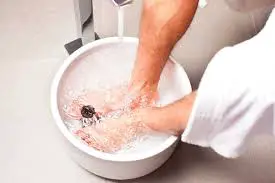
- Wrists, forearms, and elbows are generally the easiest body parts to contrast, especially if you have a double sink, which works very well. Just fill one with hot water and one with cold and move back and forth.
- If you only have one sink, a flow of water from the tap is a reasonably good alternative: just switch from a flow of hot water to a flow of cold. It’s easy!
- Wrapping forearms with heating pads and ice packs or soaked towels might be better than a faucet. Few people have large enough ice packs on hand for this, but big ones are available at most drug stores, and they’re not expensive. ~Soaked towels are messy … but easy and kind of fun. ??
- Feet also go in double kitchen sinks quite nicely, if you’re limber enough to perch on the counter. And if the dishes have been done.
- Lower legs are generally more difficult. A pair of deep buckets is a bit of work to set up — and you need to have just the right kind of buckets handy, which most people don’t — but the best solution.
- Removable shower nozzles are very handy for contrast, but the effect is not as strong as immersion, of course — especially if it’s a low-flow shower head (for water conservation).
- Bathtub faucets usually produce enough water that the stream is almost as good as immersion, particularly for the feet.7
- Knees are difficult but do-able. Giant buckets are probably the premium option, but only for shorter people, and quite fussy to set up. Pouring water over the knees is probably the best compromise — especially if combined with soaking the feet and lower legs in smaller buckets.
- The thighs and hips are particularly awkward to contrast, but I’ve pulled it off using a combination of a hot bath with a large bin of cold water used as a sitz bath. Fussy to set up, but it does feel great!
- As mentioned, contrasting the back is not the greatest use of the method … but it is easy enough to do in the shower. Many people find it difficult to have so much cold water spraying on them, however, so that can be a bit tricky.
Precautions in Contrast Bath:
following precautions you must take before starting treatment:
- Contrast Baths should not be done to an acute injury.
- Treatment should not be given until 48 hours have passed since the injury
- Make sure that the room where the Contrast Bath is being is warm and free of drafts. Cool room temperatures make the contrast baths less effective.
Contraindications:
You shoulder avoid Contrast Bath if you are suffering following listed conditions:
- Local malignancies
- Peripheral vascular disease (PVD)
- Impaired sensation
- Bleeding and acute inflammation.
- Diabetes and neuropathy
- If there is a good pulse in the extremities, diabetics and those with neuropathies can benefit from a contrast bath, but it needs to be under the supervision of a physical therapist.
Again, you should consult your physician or physical therapist if you are unsure if this treatment is right for you.
FAQ
The process of repeatedly submerging a limb in hot and then cold water for a predetermined amount of time, length, and temperature is known as a contrast bath.
First, submerge the rested leg for ten minutes in warm (38–40°C) water. After that, submerge the leg for a minute in chilly (8°C–10°C) water. Next, take a four-minute hot water dip followed by a one-minute cold water soak for the affected leg. Three additional times, alternate between four and one minute of immersion.
The idea behind contrast bath treatment is that the body’s blood flow is first vasodilated by the hot water, then it is constricted by the cold water, enhancing local blood circulation. Furthermore, the lymph vessels dilate in the presence of cold and relax in the presence of heat.
For hand, foot, or ankle issues, contrast baths are utilized to assist in reducing discomfort and inflammation. They involve periodically submerging the wounded limb in both warm and cold (not hot) water.
Hydrotherapy includes contrast baths. Another name for it is hot/cold immersion treatment. It involves applying hot and cold water to an injured region to promote circulation and lessen discomfort when there may be a reduction in blood flow.
Contraindications for contrast bath are:
Insomnia
Sweatiness
Skin chilliness
Leg ulcers
Skin diseases.
When used properly, contrast therapy is an excellent, affordable, safe, and straightforward idea for injury healing. The goal is to stimulate your tissues to adjust to the abrupt changes, which will need a high level of metabolic and circulatory activity.

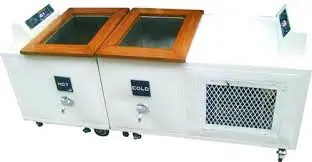
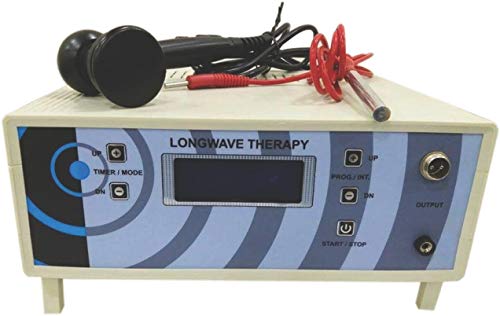
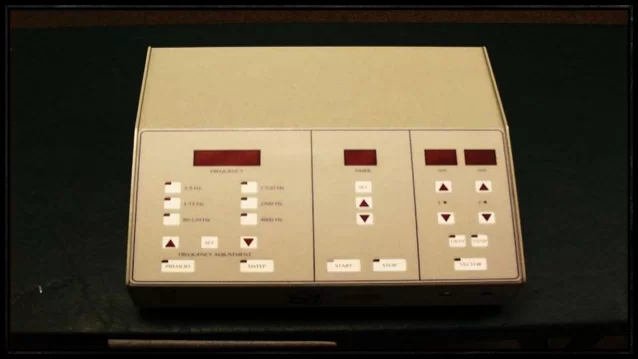

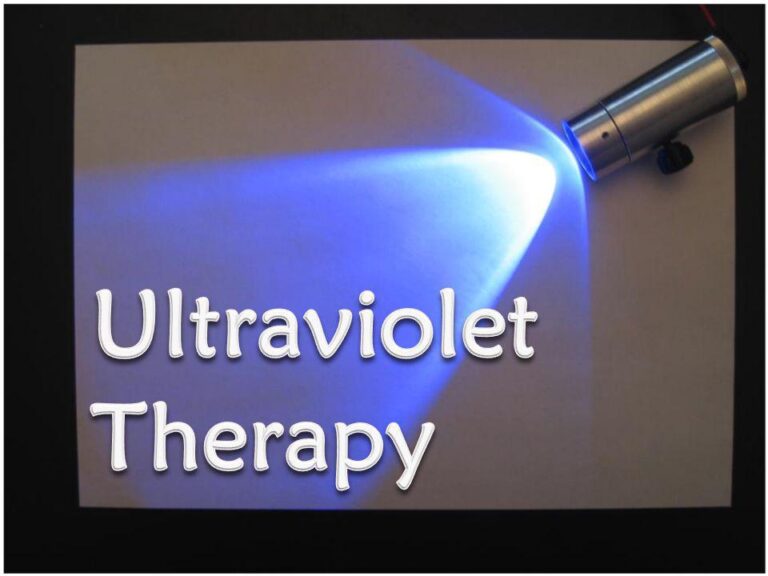
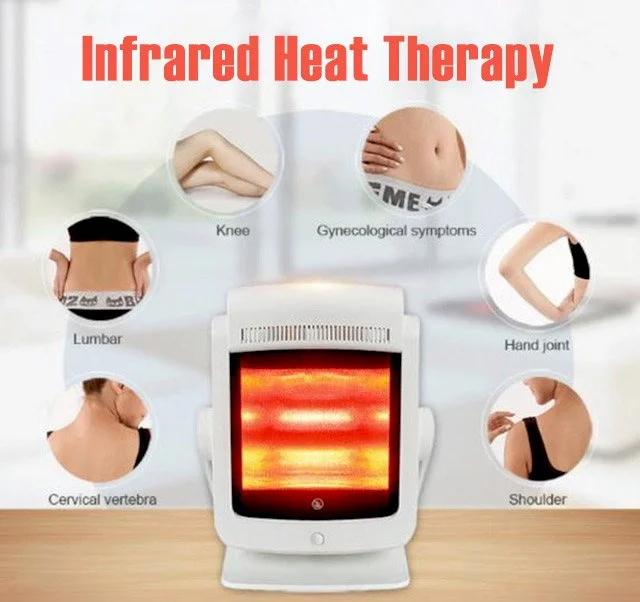
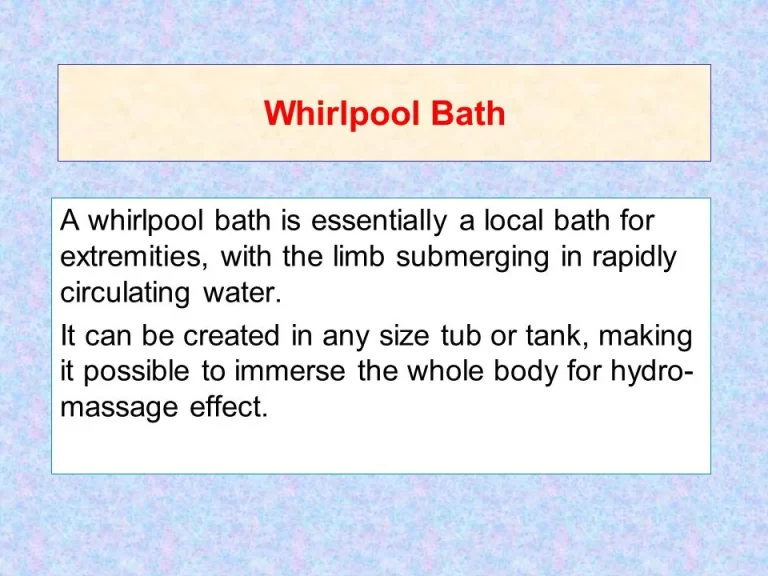
Contrast bath, you can easily do at Home also, combination of Hot water and cold water has very good effect to relieve pain naturally.